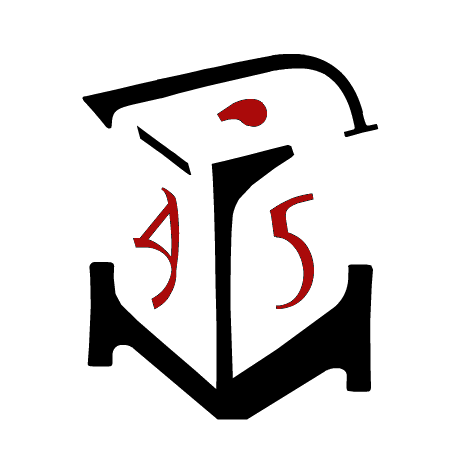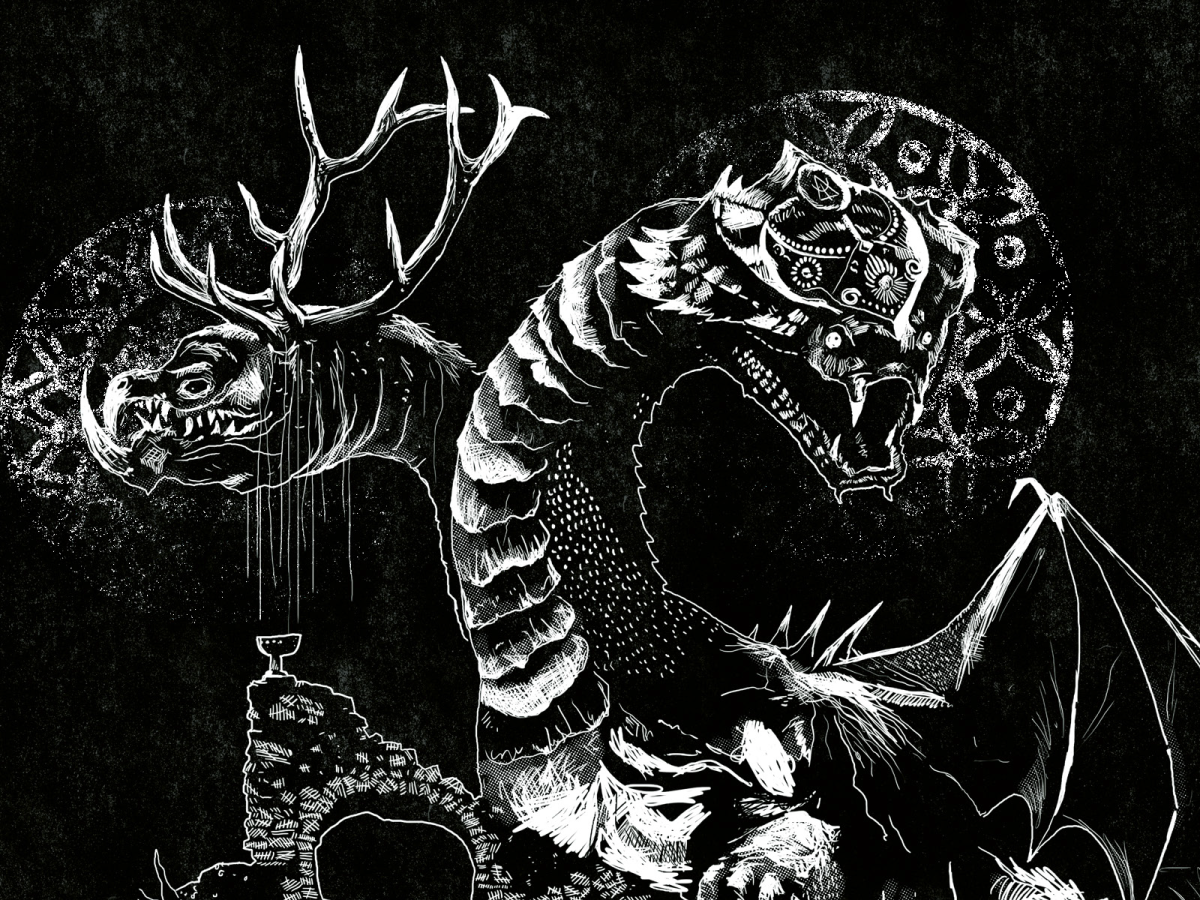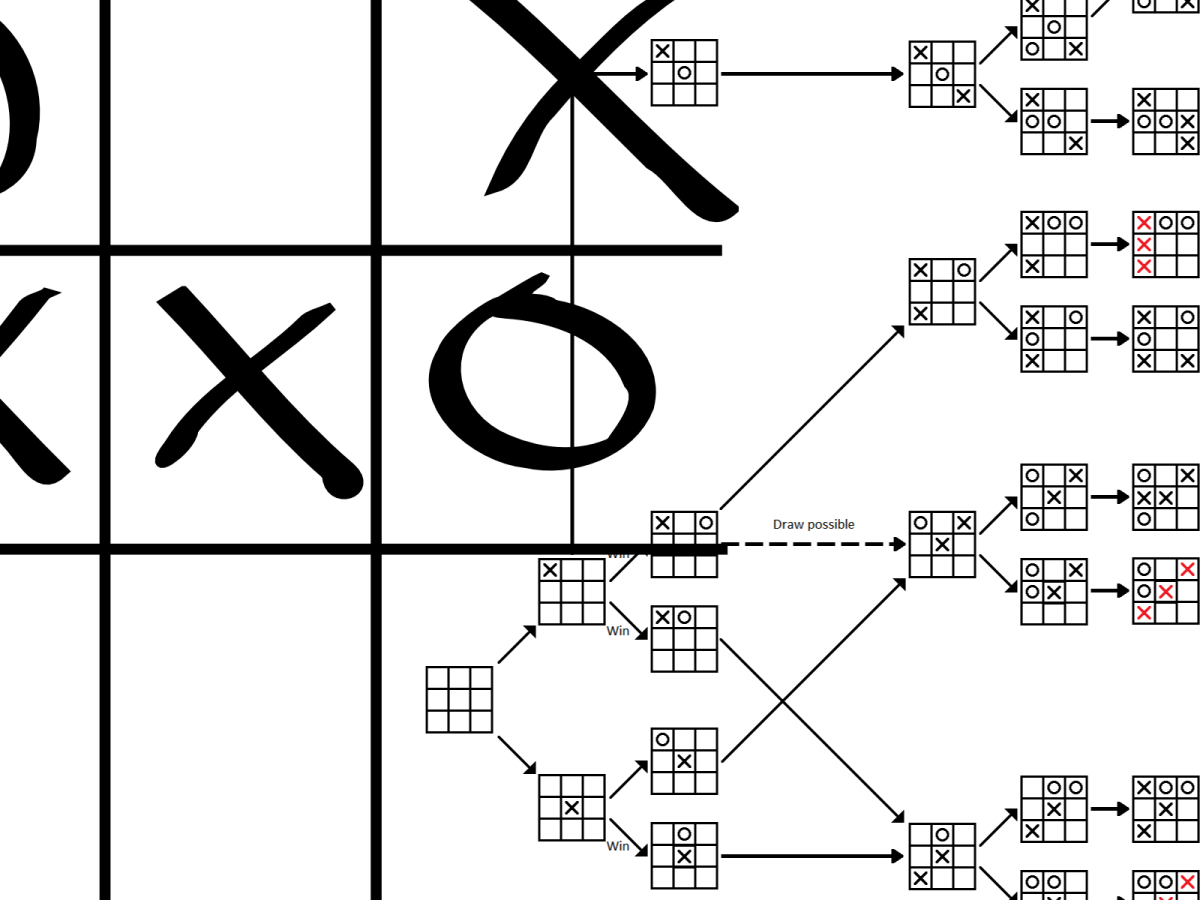Warning: Graphic satire and fuckwords. Harmful if swallowed.
Everyone’s all like, “Oh, Mörk Borg is so great,” but I don’t see what’s great about it. The book is way too small to have any good rules in it, which is how you can tell it’s a shitty game.
And what kind of a name is Mörk Borg, anyway? This game is supposed to be all death metal, and that name definitely isn’t. I read on the Twitter that it’s pronounced Morky Borky, so I’m pretty sure it’s supposed to be French or some shit, and that means it sucks.
But whatever. I’m here to give you a professional, objective review of this steaming pile of crap, and that’s what I’m going to do.
A Professional, Objective Review of this Steaming Pile of Crap
First and foremost, there are no elves. How can you have a fantasy game with no elves? And there’s no dragon either. Major faux pas in a D&D. Sure, there’s wyverns, but wyverns are basically dragons for crybabies and grandpas.
And don’t tell me “o theirs dragons in 3p content lol.” Third party content? More like TURD PARTY CONTENT. No one gives a shit about third party content. Trust me—I’m a doctor.
Sure, this thing won like 4 ENnies, but only 3 gold, and it lost Best Game to a bunch of penis-headed monsters in space, which says a lot. Specifically, it says: don’t quit your day job, Pelle Nilsson.
Rules and Shit
Like I said, this book is way too small and doesn’t have enough rules about sneak attacks and saving throws and how to calculate wagon traction on a street made of mud and horse shit (which is what Mörk Borg is).
Or so it seems. One minute you’re sitting there thinking, “I wish this game had something badass like building strongholds” when BAM! You level up (j/k, there’s no levels, which is dumb) and your whole world turns even shittier because you have to roll a bunch of dice and compare numbers, and it ruins everyone’s day.
For fuck’s sake. I’m here to kill goblins, not do algebra. I mean, just look at this shit:

“Getting Better” excerpt from Mörk Borg. Text by Pelle Nilsson and Patrick Stuart, layout and design by Johan Nohr. © 2020 Ockult Örtmästare Games and Stockholm Kartell. Used with permission.
The only time I want to roll dice during advancement is for hit points, and Mörk Borg doesn’t give me nearly enough of those. It’s like I’m supposed to die or something.
And what’s the deal with Miseries? How can I have an epic campaign where I save princesses and shit when every game ends with the end of the fucking world?
Also, the world doesn’t have a name, and the map of it sucks.

From Mörk Borg by Pelle Nilsson and Johan Nohr. © 2020 Ockult Örtmästare Games and Stockholm Kartell. Used with permission.
“Art”
Speaking of maps sucking, who the hell designed this book? The layouts look like they were done by a schizophrenic nomad. And the art? That shit was clearly drawn by a five-year-old who was playing with their own vomit on a Wacom tablet. I don’t know who Johan Nohr is, but thank God he’s not going to have any kind of lasting, pervasive impact on aesthetics in this industry (or anywhere else).
And what kind of name is Johan Nohr, anyway? It’s probably also French.
EDIT: I’ve just been informed that it’s Swedish. God, I hate Sweden. I was there once. I got food poisoning from undercooked chicken, and before that, I tried to have some real American food, but my McFlurry had fucking licorice in it. I fucking hate licorice. Fuck Sweden—and its games.
TLDR
Mörk Borg sucks so go play D&D.
But more importantly, have a happy April Fools Day.
Update: MÖRK BORG LITE! is now available for free on itch.io.
Liber Ludorum is entirely reader-funded. Please consider lending your support.
Related posts
Mörk Borg: A Material Review
An art/rulebook that will make your eyeballs bleed fire … and you’ll like it
The Apocalypse Meant Möre
Insight and inspiration from Johan Nohr
Recent posts
Breakout Con ’24: a retrospective
Impressions of Canada’s largest tabletop gaming convention
Tabula Rasa: a (p)review
An exclusive first look at the groundbreaking rules-minimalist, experience-maximalist TTRPG
Games & Systems
The tradeoff between flexibility and direction, and the pitfalls of thinking about both






